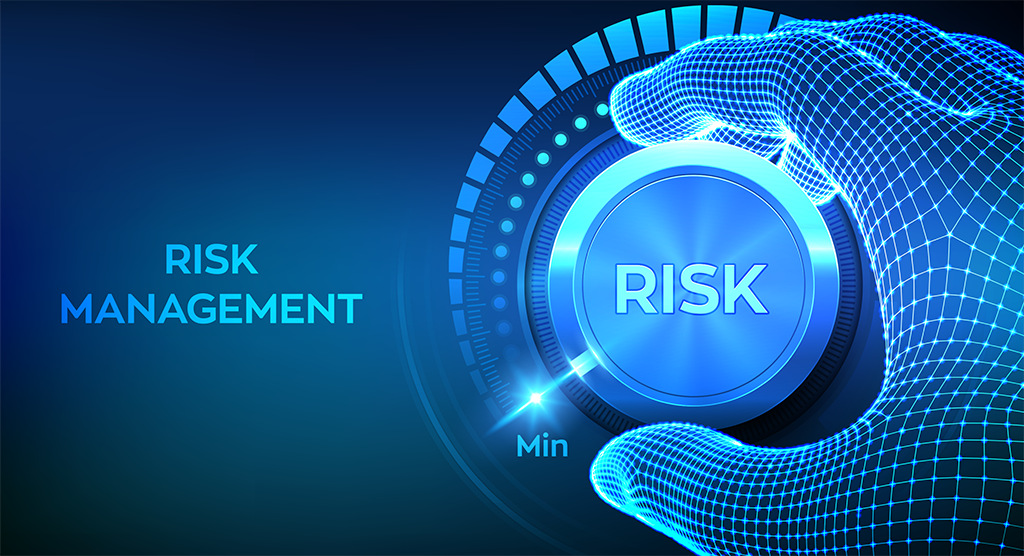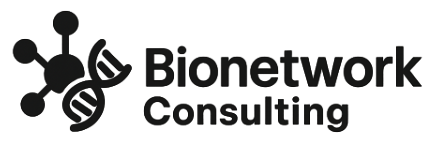
In today’s hyper-regulated, competitive global market, success isn’t just about innovation—it’s about sustainability, reliability, and credibility. Companies across industries face growing pressure to comply with industry standards, manage risks proactively, and partner with reliable third-party testing services. These aren’t back-office tasks anymore. Whether you’re in life sciences, manufacturing, finance, or food production, the stakes have never been higher.
That’s where Compliance Gap Analysis, Risk Management, and Contract Testing Organization (CTO) selection come in. When executed correctly—and enhanced by modern technologies—they do more than just prevent failure. They drive operational excellence.
Let’s dive into how these three essential pillars are evolving in 2025 and beyond.
1. Compliance Gap Analysis: From Manual Checks to Real-Time Intelligence
A Compliance Gap Analysis helps organizations identify the difference between their current practices and required standards—be it regulatory (like FDA, ISO, or GDPR) or internal operational policies. Traditionally, this process involved audits, manual data collection, and exhaustive paperwork.
Technological Advancements Transforming Gap Analysis
- AI-Powered Auditing: Platforms now use artificial intelligence to analyze documentation, workflow processes, and compliance data to instantly flag non-conformities.
- Cloud-Based Compliance Management Systems: Tools like VComply, LogicGate, and MetricStream allow teams to perform gap analyses collaboratively across departments and geographies.
- Automated Policy Mapping: New software can now automatically map company policies to specific regulations or standards, drastically reducing the time needed for preparation.
Why This Matters Now
Modern compliance is a moving target. Regulations evolve quickly. With the help of technology, companies can now shift from reactive to proactive strategies, identifying gaps before they turn into violations or audit failures. It’s about visibility, agility, and control.
2. Risk Management: Predict, Prioritize, and Prevent with AI and Big Data
Risk Management is no longer confined to finance or insurance teams. Today, it’s a core function spanning cybersecurity, supply chains, human resources, and product development.
Modern Risk Management Tools and Trends
- Predictive Analytics: With machine learning algorithms, businesses can now forecast risks based on historical data, seasonal trends, and even external factors like economic shifts or geopolitical tensions.
- Integrated Risk Platforms: Platforms like Resolver, Riskonnect, and Diligent Risk centralize all risk-related data into a single dashboard, offering cross-departmental insights.
- Real-Time Risk Scoring: Some systems use real-time data feeds to assign risk scores to business units, projects, or even suppliers, allowing companies to prioritize action.
Cybersecurity Focus
Given the increase in digital threats, Risk management has a strong cybersecurity angle now. Modern tools assess IT infrastructure and user behavior, automatically flagging anomalies that might indicate breaches or vulnerabilities.
The Bottom Line
Risk management in 2025 is no longer about damage control—it’s about risk intelligence. With technology, businesses can not only detect potential problems early but also quantify and mitigate them strategically.
3. Contract Testing Organization (CTO) Selection: Choosing Partners with Precision
In industries like pharmaceuticals, biotech, environmental sciences, and manufacturing, working with a Contract Testing Organization (CTO) is critical for product validation, safety testing, and regulatory approval.
The Evolving CTO Selection Process
- Digital Vetting Platforms: Tools now allow businesses to evaluate CTOs based on standardized quality metrics, turnaround times, previous audit results, and client feedback.
- Blockchain for Traceability: Some advanced CTOs offer blockchain-backed data records to ensure testing results are tamper-proof and fully traceable.
- Automated RFP (Request for Proposal) Tools: Platforms now automate the process of creating and comparing RFPs for testing vendors, streamlining the selection process significantly.
What Companies Are Prioritizing in CTO Selection
- Regulatory Expertise: It’s no longer enough for a testing partner to be competent—they must deeply understand the regulatory context of the product.
- Data Transparency: With new technologies, real-time dashboards and audit-ready reporting are becoming the norm.
- Scalability and Speed: As innovation cycles shorten, companies want CTOs who can scale quickly and deliver results fast without compromising quality.
How Technology Aids Decision-Making
Companies are leveraging databases and analytics platforms to compare CTO capabilities against compliance needs, risk profiles, and product specifications. The result? Smarter, faster, and more strategic vendor partnerships.
The Convergence: Building an Integrated Risk & Compliance Ecosystem
One of the most exciting developments in this space is the integration of compliance, risk, and vendor management platforms into a single ecosystem. Businesses are increasingly using enterprise-grade solutions that connect all three areas:
- Compliance data feeds into risk assessment models
- Risk insights influence vendor selection
- Vendor performance affects compliance scores
This holistic view gives leadership teams a comprehensive understanding of operational health, enabling better decision-making at every level.
Conclusion: The New Standard for Smart Operations
The integration of modern technology into Compliance Gap Analysis, Risk Management, and CTO selection is no longer a luxury—it’s a competitive necessity. These processes, once driven by spreadsheets and guesswork, are now powered by AI, cloud platforms, and real-time analytics.
Organizations that embrace this transformation can expect not just better compliance and lower risk—but also stronger partnerships, faster time to market, and enhanced customer trust.
In a world where regulatory environments shift quickly and reputational risk can go viral in minutes, being prepared isn’t enough. You need to be predictive, proactive, and precise. And with today’s tools, that goal is more achievable than ever.
